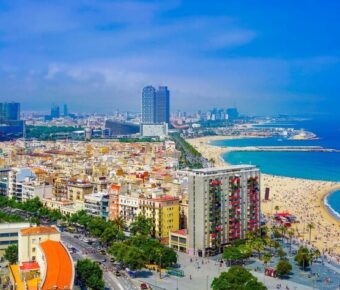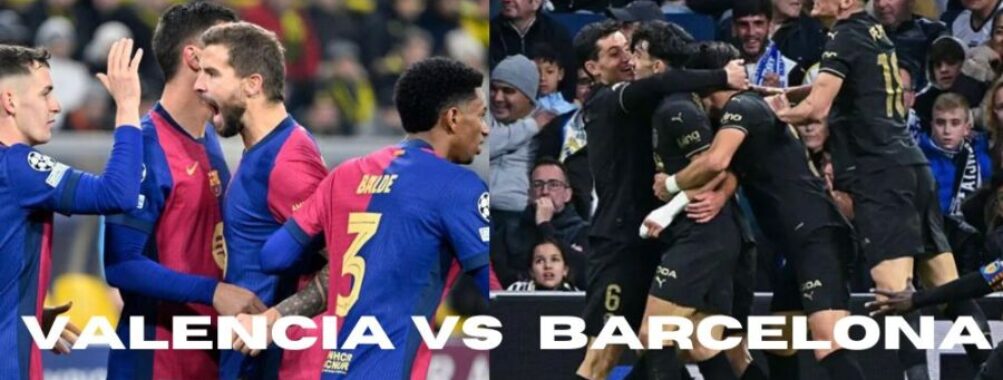
Valencia vs Barcelona: Epic La Liga Showdown at Mestalla Stadium
Barcelona showcased their dominance in the Copa del Rey quarterfinals with a spectacular 5-0 victory over Valencia at the historic Mestalla stadium. Ferran Torres led the charge with a remarkable hat-trick in the first 30 minutes, helping Barcelona secure their spot in the semifinals.
The atmosphere at Mestalla, one of Spain‘s most iconic venues, added extra magic to this clash between two of LaLiga’s traditional powerhouses. The 55,000-seat stadium sits in the heart of Valencia, a city where passion for football runs deep through its narrow medieval streets and modern architecture.
This match marked the second meeting between these teams in recent weeks, with Barcelona previously winning 7-1. The Copa del Rey tournament offers both clubs a chance at silverware this season, bringing extra intensity to their rivalry that spans over nine decades of Spanish football history.
Table of Contents
- Historical Match-Up
- Legendary Games
- Record Statistics
- Pre-Match Analysis
- Team Formations
- Key Players
- Key Players and Match-ups
- Midfield Battle
- Offensive Showdown
- Defensive Strategies
- Strategic Considerations
- Set Pieces
- Transition Play
- Fan Perspective
- Stadium Atmosphere
- Supporter Culture
- Media Coverage
- Broadcasting Rights
- Social Media Presence
- Implications of the Match
- Frequently Asked Questions
- How do the recent head-to-head statistics compare between Valencia and Barcelona?
- What were the standout moments in the last match between Valencia and Barcelona?
- Who are the key players to watch in the upcoming Valencia vs. Barcelona fixture?
- Can you provide insights on the tactical formations used by both teams in their recent encounters?
- What impact do the historical results of Valencia vs. Barcelona matches have on their current rivalry?
- How do the team strategies differ when Valencia plays at home versus away against Barcelona?
- Book Your Dream Experience
- More Travel Guides
Historical Match-Up
Barcelona and Valencia have built a fierce rivalry spanning over 229 matches across all competitions. Their battles have produced countless memorable moments and dramatic encounters at both the Mestalla and Camp Nou.
Legendary Games
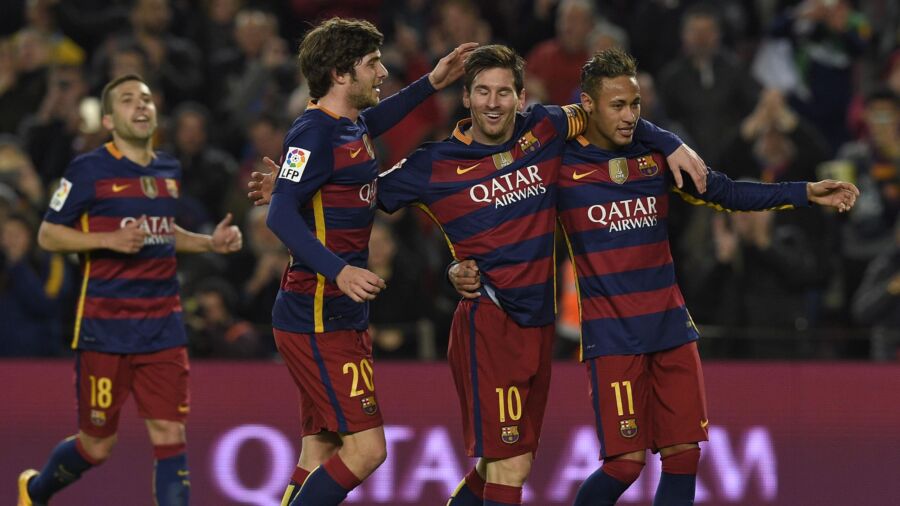
The most unforgettable clash between these Spanish giants came in 2016 when Barcelona demolished Valencia 7-0 in a Copa del Rey semi-final. This match stands as one of the most lopsided results in the fixture’s history.
The Mestalla stadium has seen its share of classic matches. Valencia’s home ground often brings out exceptional performances from both sides, creating an electric atmosphere that pushes players to their limits.
Several matches between these teams have decided crucial league titles and cup trophies. Their encounters regularly feature high-scoring affairs, with goals coming at both ends.
Record Statistics
Barcelona holds the edge in this historic rivalry with 112 wins compared to Valencia’s 59 victories. The teams have drawn 57 times.
At the Mestalla, Barcelona has shown remarkable dominance:
- 22 wins
- 7 draws
- 8 losses
The scoring in these matches tends to be generous. Recent games average 4.6 goals per match, making this one of LaLiga’s most entertaining fixtures.
Barcelona’s success rate in these matchups sits at an impressive 80% when looking at Asian Handicap betting statistics. This shows their consistent ability to perform well against Valencia.
Pre-Match Analysis
Barcelona and Valencia face off in a crucial Copa del Rey quarter-final clash at the Mestalla. Both teams bring unique tactical approaches and game-changing players to this knockout match.
Team Formations
Barcelona typically lines up in their signature 4-3-3 formation under Xavi’s leadership. This setup allows them to dominate possession while creating width through their wingers. Their midfield trio controls the game’s tempo and provides defensive stability.
Valencia often adopts a 4-4-2 system that emphasizes quick counterattacks and solid defensive organization. Their formation helps them stay compact while defending and enables rapid transitions when winning the ball back.
Both teams might adjust their formations based on player availability and match strategy. Recent head-to-head matches suggest Barcelona’s formation has been more effective, as shown by their dominant 7-1 victory in their last meeting.
Key Players
Barcelona’s Success Drivers:
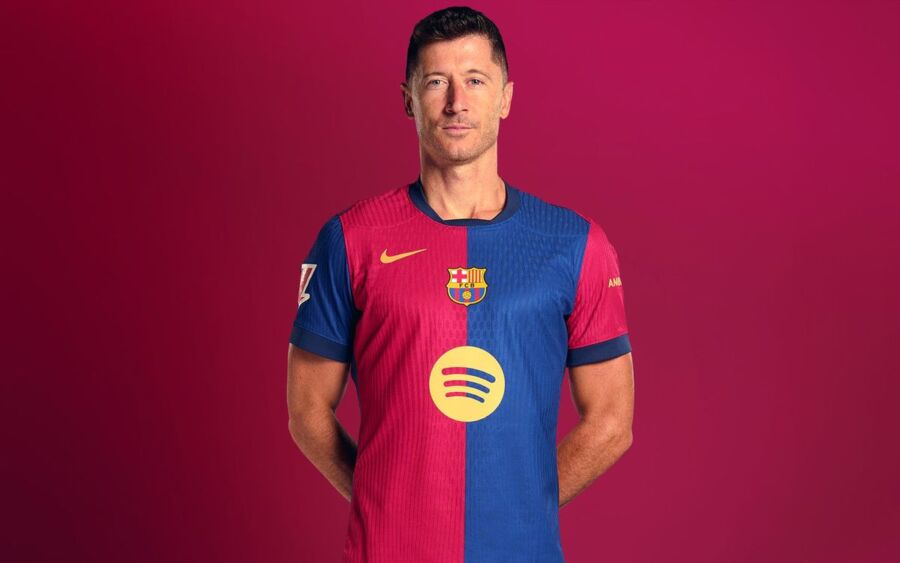
- Robert Lewandowski: The clinical striker remains their main goal threat
- Frenkie de Jong: Controls midfield tempo with his excellent passing range
- Pedri: Creates chances through his vision and technical skills
Valencia’s Impact Players:
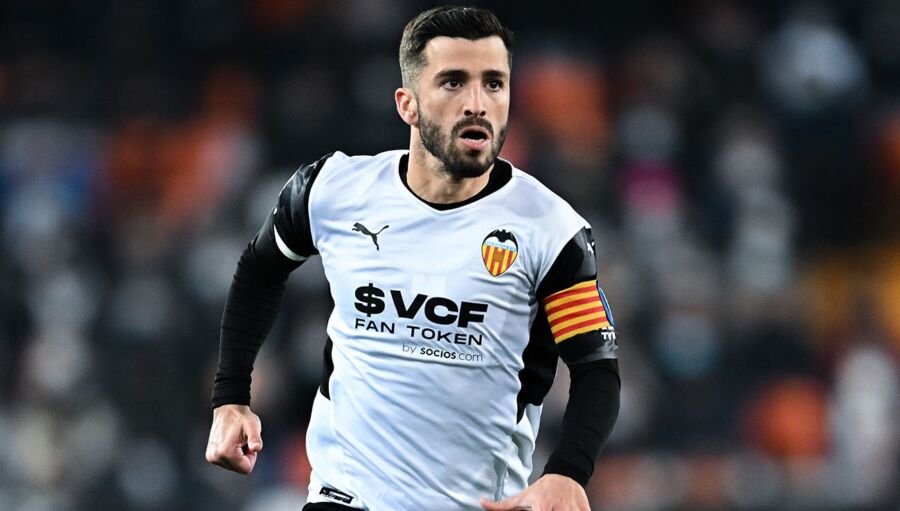
- Jose Gaya: Provides defensive stability and attacking support
- Hugo Duro: Lead striker responsible for converting chances
- Javier Guerra: Key midfielder who helps control possession
Marc-Andre ter Stegen’s presence in goal gives Barcelona extra confidence in their defensive setup. His distribution skills help initiate attacks from the back.
The midfield battle will be crucial, with Barcelona’s technical players looking to dominate possession against Valencia’s more direct approach.
Key Players and Match-ups
This clash features exciting individual battles across the pitch, with both teams’ stars looking to make their mark. The absence of key players like Pedri creates interesting tactical adjustments for both sides.
Midfield Battle
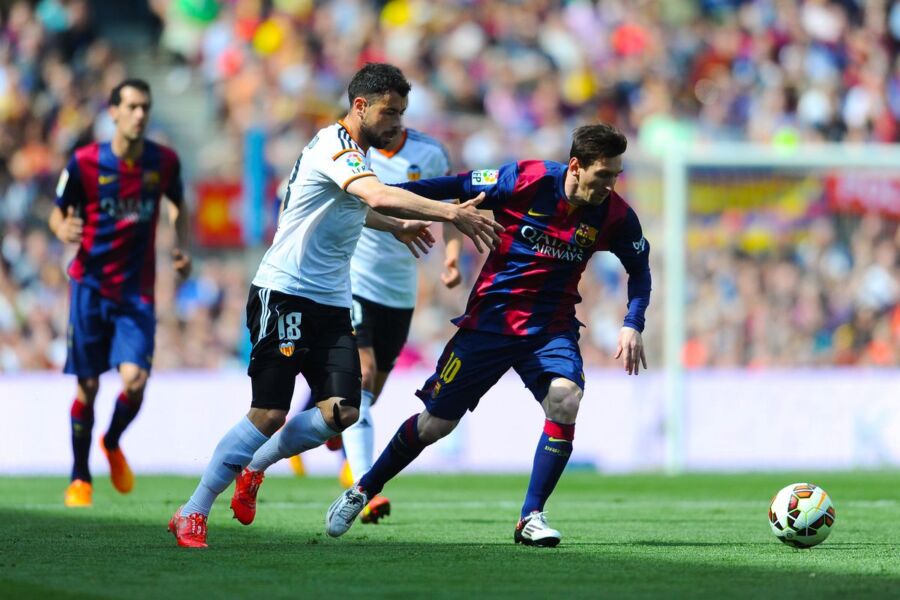
Frenkie de Jong steps into a crucial role with Pedri’s last-minute absence. His ability to carry the ball through pressure makes him essential to Barcelona’s build-up play.
The Dutch midfielder’s movement between the lines creates space for his teammates. His quick passing and dribbling skills help Barcelona maintain possession and control the tempo.
Teams that press high have troubled Barcelona’s midfield this season. Without Pedri’s creativity, de Jong must shoulder more offensive responsibilities.
Offensive Showdown
Ferran Torres enters this match in red-hot form after scoring the fastest Barcelona hat-trick since 2008. His movement off the ball and clinical finishing give Barcelona’s attack a sharp edge.
Barcelona’s attack has struggled recently, dropping points in four straight league games. They’ll need Torres to maintain his goalscoring touch.
The absence of Robert Lewandowski from the starting lineup puts extra pressure on the supporting attackers to find the net.
Defensive Strategies
Alejandro Balde’s speed and defensive positioning will be tested against Valencia’s counter-attacks. His recovery pace helps Barcelona maintain their high defensive line.
Valencia sits 19th in the league and needs to be solid at the back. Their defensive organization must improve to handle Barcelona’s possession-based attack.
The visitors’ backline has shown vulnerabilities when facing quick transitions. Communication between defenders becomes even more critical with Ronald Araujo unavailable.
Strategic Considerations
Barcelona and Valencia employ distinct tactical approaches that shape their gameplay. Both teams focus on maximizing their strengths through precise execution of set pieces and effective transition play.
Set Pieces
Barcelona excels at free-kicks and corner kicks, with their tall defenders moving forward to create aerial threats. Key Target Players: Lewandowski and Araujo position themselves strategically in the box, while Gundogan’s precise delivery adds an extra dimension to their attack.
Valencia defends set pieces through a mix of zonal and man-marking systems. Their defensive wall formation has proven effective against direct free-kicks, with the team winning 65% of aerial duels from dead-ball situations.
Players must stay alert to the second ball opportunities that often emerge from cleared set pieces. This phase of play has led to several goals for both teams this season.
Transition Play
Barcelona’s possession-based style relies on quick recoveries after losing the ball. Their high pressing system involves the forwards immediately pressuring opposing defenders, forcing rushed clearances or turnovers.
The Catalans use their technical midfielders to launch counter-attacks, with rapid diagonal passes to stretch the defense. Their fullbacks push high during possession but must track back quickly to prevent being caught out.
Valencia thrives on counter-attacks, using their pacey wingers to exploit spaces left by Barcelona’s advanced fullbacks. Their disciplined defensive block aims to absorb pressure before launching quick transitions through the middle channels.
The team’s ability to switch from defense to attack in seconds makes them dangerous on the break. Fast breaks often start with their goalkeeper’s distribution to the flanks.
Fan Perspective
The Valencia vs Barcelona rivalry ignites passionate fan fervor, with both clubs boasting rich traditions and dedicated supporter bases that create an electric matchday atmosphere.
Stadium Atmosphere
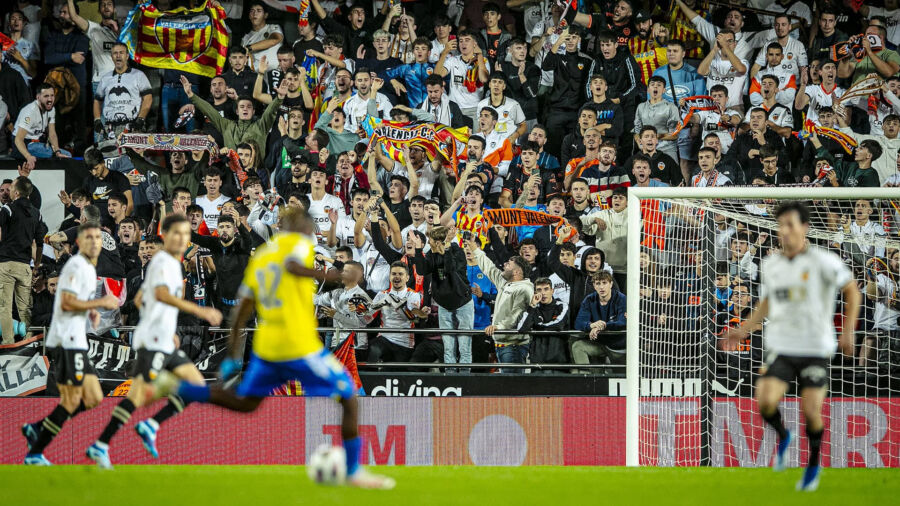
The Mestalla Stadium pulses with raw energy on matchdays. Its steep stands and close proximity to the pitch make every shout echo through the arena. The intimidating 55,000-capacity venue becomes a cauldron of noise, especially when Barcelona visits.
Valencia’s fans pack the stadium hours before kickoff. They wave their black and white flags while singing traditional club anthems that have echoed through these stands since 1923. The Curva Nord fan section leads most of the chants and choreographed displays.
The acoustics of Mestalla’s bowl-like design amplify the crowd noise to deafening levels. Even visiting Barcelona supporters admit it’s one of LaLiga’s most intense environments.
Supporter Culture
Both clubs maintain vibrant fan cultures that stretch far beyond match days. Valencia’s supporters are known as some of Spain’s most loyal, sticking with their team through ups and downs. Local peñas (fan clubs) organize pre-match gatherings at nearby bars and cafes.
Barcelona brings thousands of traveling fans to these fixtures. Their supporter groups coordinate massive tifo displays and chants that compete with the home crowd’s intensity. The rivalry sparks friendly banter between opposing fans in the streets around Mestalla.
Many families have supported either club for generations. They pass down cherished matchday traditions like meeting at specific bars or walking certain routes to the stadium. The passion runs deep in both cities.
Media Coverage
The match has extensive coverage across traditional broadcast channels and digital platforms, with ESPN+ securing key streaming rights in the United States and FC Barcelona’s social channels providing detailed pre-match content.
Broadcasting Rights
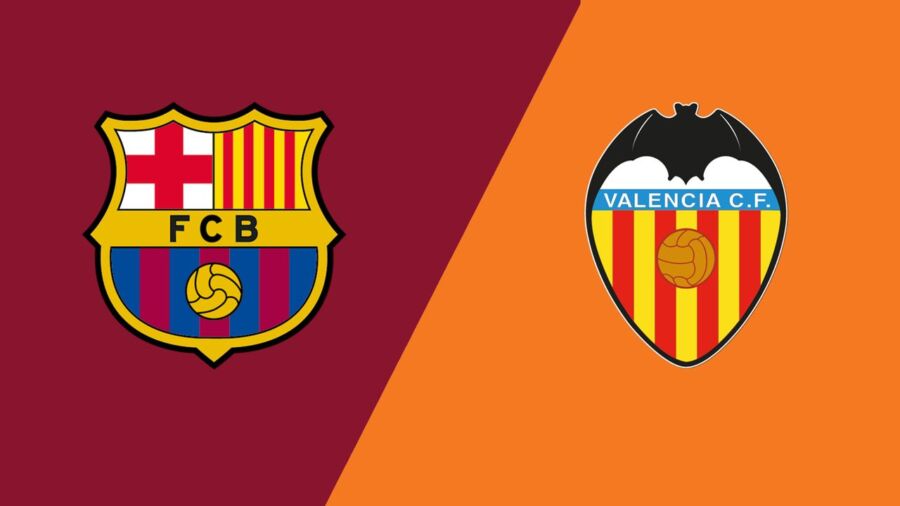
ESPN+ is the main broadcaster for Valencia vs Barcelona in the USA, offering live streaming access across multiple devices. Fans can watch on computers, mobile devices, gaming consoles like PlayStation 4/5 and Xbox Series X, and smart TVs.
The match starts at 3:30 PM ET (9:30 PM local time) with pre-game coverage beginning 30 minutes before kickoff.
LaLiga’s international broadcast partners provide coverage in other regions, with different start times adjusted for local time zones.
Social Media Presence
FC Barcelona maintains active coverage through their official social media channels @fcbarcelona (English) and @fcbarcelona_cat (Catalan).
The club’s websites (fcbarcelona.com and fcbarcelona.cat) feature pre-match analysis, lineup announcements, and press conference content from the coaching staff.
Live match updates appear on both Twitter accounts, including goal alerts, key plays, and tactical changes throughout the game.
Post-match content includes highlight clips, player interviews, and in-depth analysis of key moments from the Copa del Rey quarter-final clash.
Implications of the Match
Barcelona’s dominant 5-0 victory at Mestalla sends a strong message to their LaLiga rivals. The win puts them in a great position to chase down Real Madrid in the title race.
Ferran Torres shined with his hat-trick, proving he deserves more playing time in important matches. His performance gives the coaching staff a welcome selection headache for upcoming fixtures.
The loss deepens Valencia’s struggles this season. They sit dangerously close to the relegation zone in LaLiga and must quickly regroup to avoid dropping into the second division.
This result boosts Barcelona’s confidence ahead of their crucial Champions League knockout matches. Their impressive attacking display suggests they can compete with Europe’s elite teams.
Key Takeaways:
- Barcelona moves to Copa del Rey semifinals
- Valencia’s relegation worries increase
- Torres makes strong case for starting role
- Positive momentum for Champions League campaign
Barcelona’s form comes at the perfect time with vital matches approaching in three competitions. Their improved goal-scoring ability makes them genuine contenders for multiple trophies this season.
The gap between Spain’s top clubs and mid-table teams appears to be widening. Valencia, once regular Champions League participants, now face an uphill battle to maintain their LaLiga status.
Frequently Asked Questions
Valencia and Barcelona’s rivalry spans decades of intense matches, tactical battles, and memorable moments that continue to shape Spanish football today. These historic clubs bring unique playing styles and strategies that create fascinating matchups.
How do the recent head-to-head statistics compare between Valencia and Barcelona?
Barcelona has dominated recent meetings between these teams. They secured a commanding victory in their last encounter, scoring seven goals against Valencia.
The two sides have faced each other 20 times in Copa del Rey history. Barcelona leads with 10 wins in these cup matches.
What were the standout moments in the last match between Valencia and Barcelona?
The most recent match showed Barcelona’s attacking prowess at its finest. Their clinical finishing and fluid movement created numerous scoring opportunities.
Valencia struggled to contain Barcelona’s forward line. The seven-goal defeat highlighted defensive issues that need addressing.
Who are the key players to watch in the upcoming Valencia vs. Barcelona fixture?
Barcelona’s attack remains their strongest asset under Xavi Hernandez’s leadership. Their forwards have shown exceptional form in recent matches.
Valencia’s squad has improved under Corberan’s management. Several players have stepped up their performances, especially in home games.
Can you provide insights on the tactical formations used by both teams in their recent encounters?
Xavi’s Barcelona typically employs a possession-based system. They focus on quick passing and movement to break down defenses.
Valencia under Corberan has adopted a more structured approach. They mix defensive stability with quick counter-attacks.
What impact do the historical results of Valencia vs. Barcelona matches have on their current rivalry?
The teams share a rich history in Spanish football. Their Copa del Rey encounters have been particularly memorable, including Valencia’s 2019 triumph.
These past results add extra meaning to each new meeting. Players and fans carry these memories into every match.
How do the team strategies differ when Valencia plays at home versus away against Barcelona?
Valencia shows more attacking intent at home. They feed off their supporters’ energy and press higher up the field.
Away from home, they adopt a more cautious approach. Their defensive organization becomes the priority against Barcelona’s attack.


